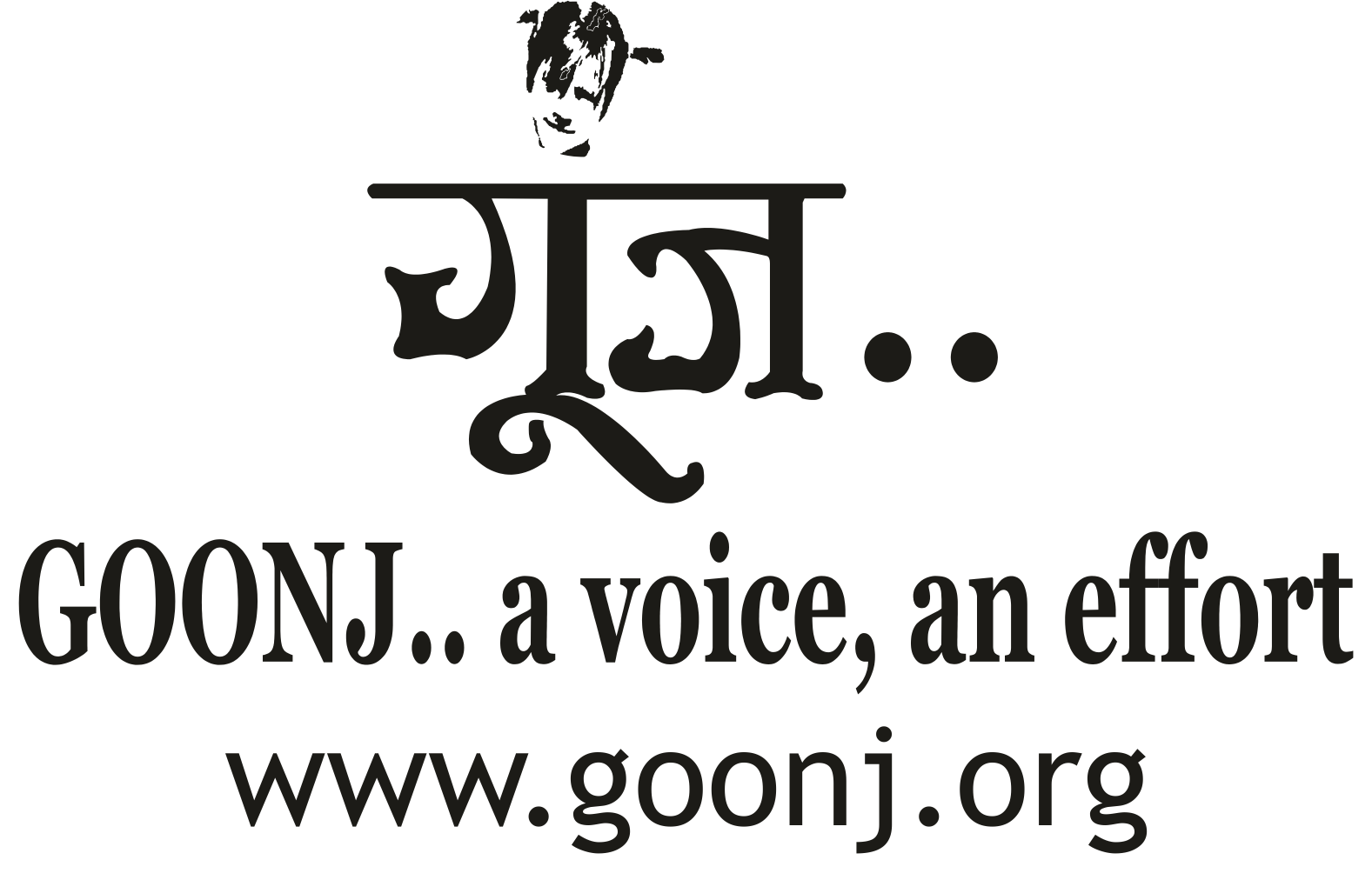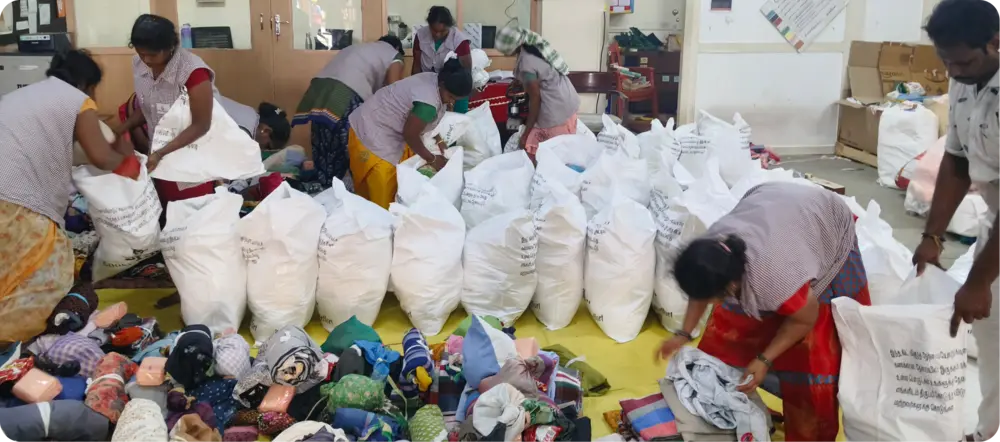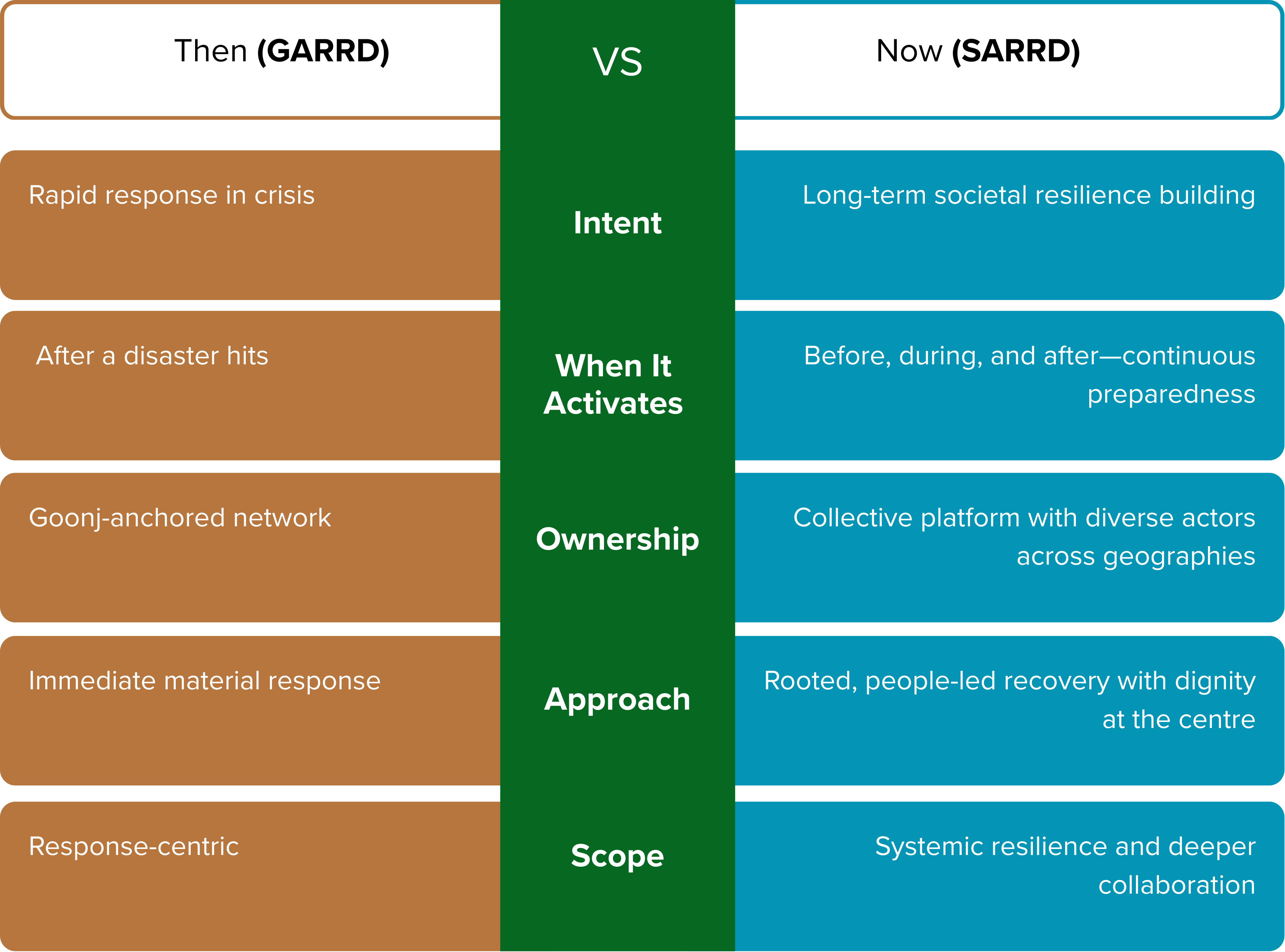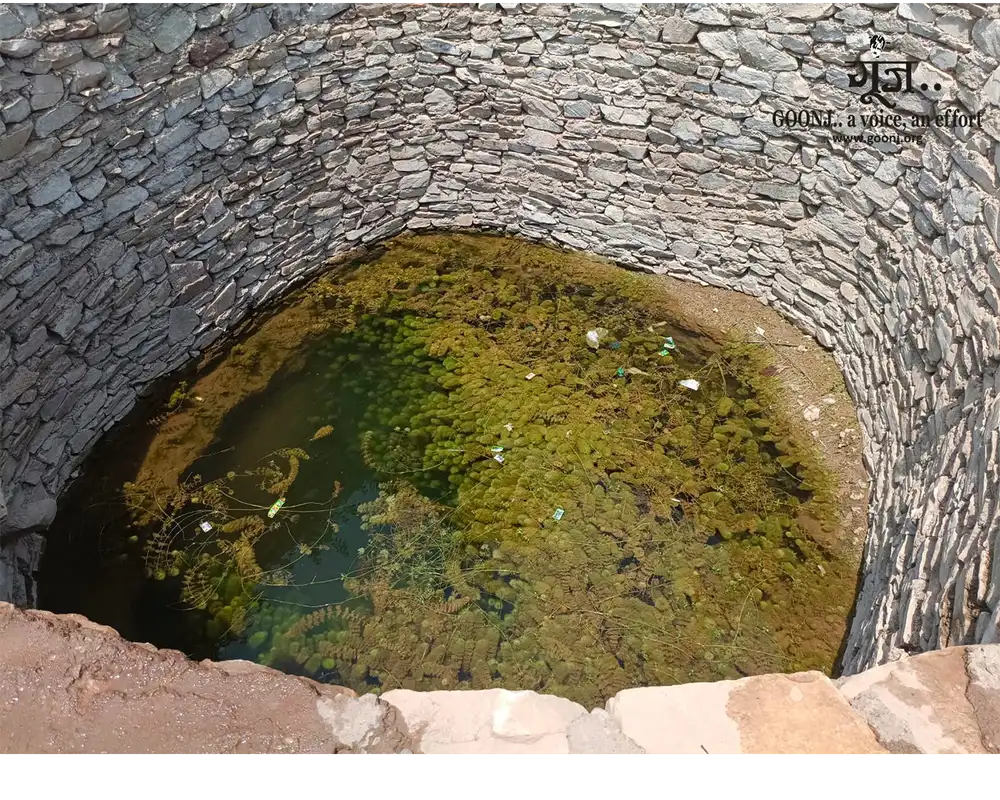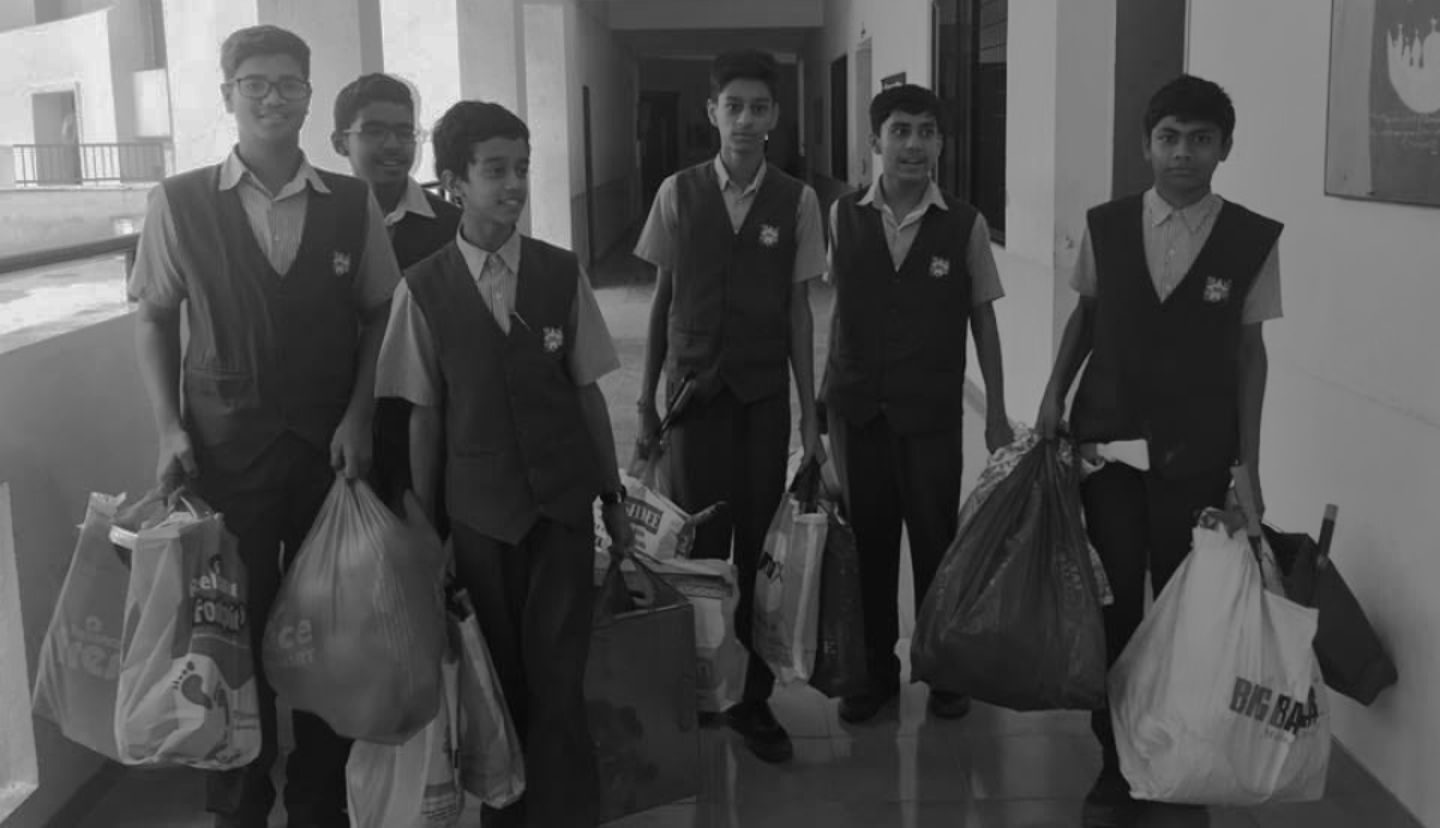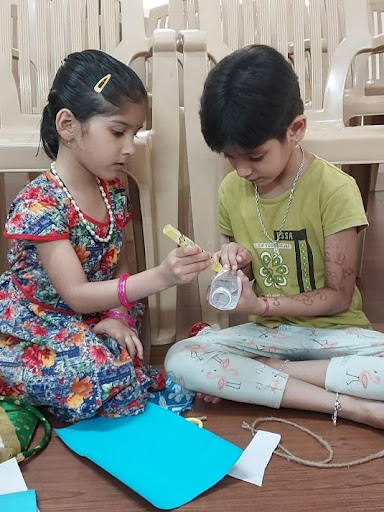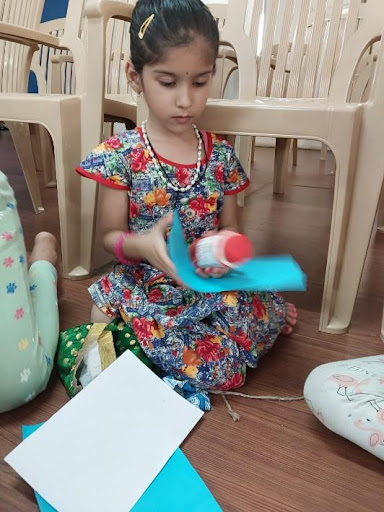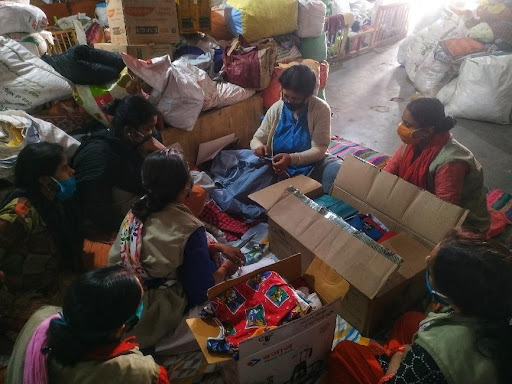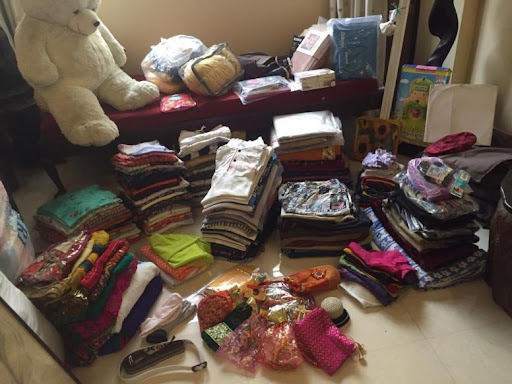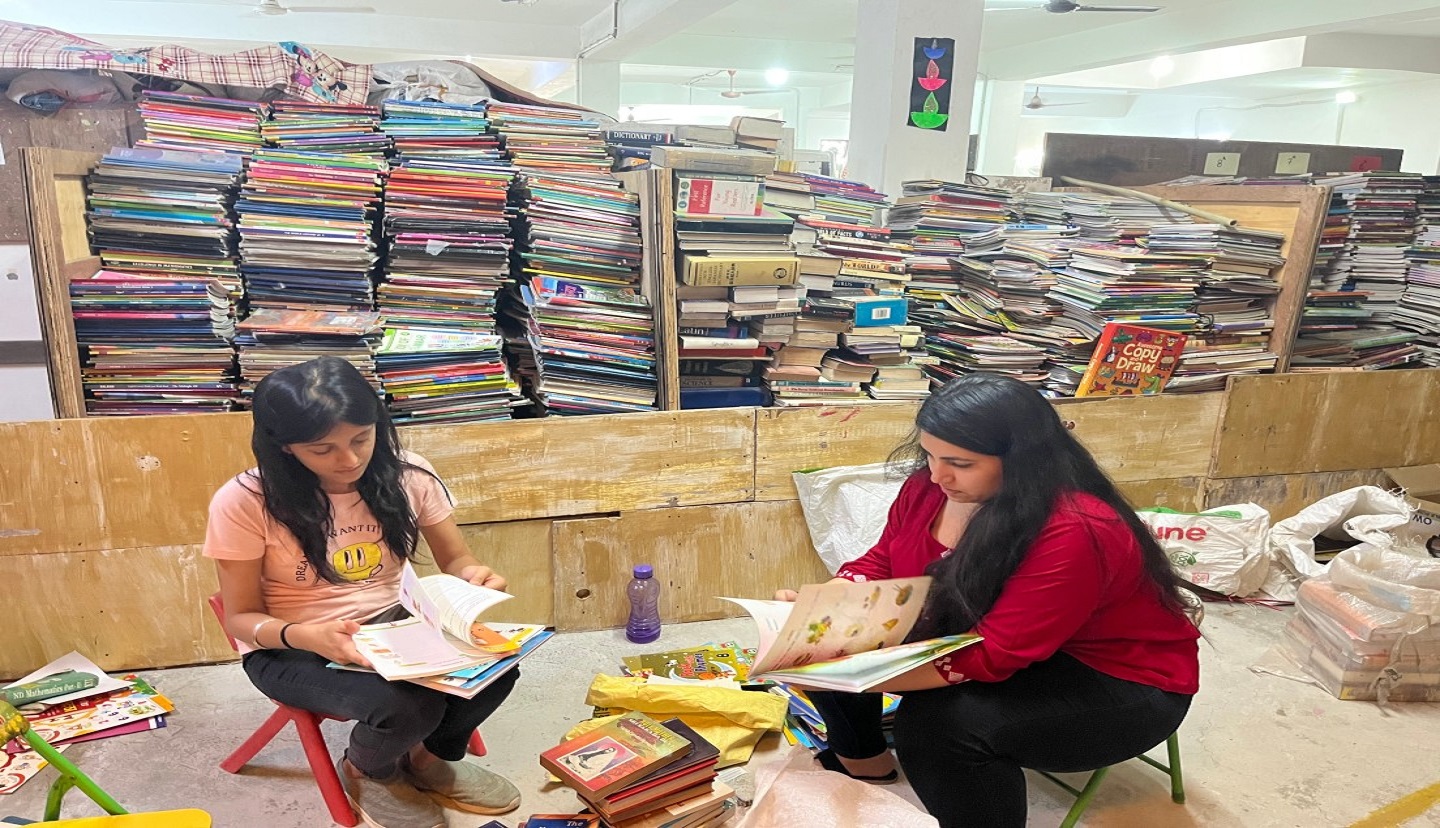In Nangda Pada, Banswara, Rajasthan, 57 villagers cleaned their only well under Goonj’s Cloth for Work initiative, restoring safe drinking water and building resilience through collective action.

Why SARRD?
In today’s climate emergency, where floods, droughts, earthquakes, wildfires, and heatwaves are becoming more frequent and severe, traditional disaster response models often exclude the most vulnerable and operate in silos, limiting their impact. The Societal Alliance for Resilience and Response to Disasters (SARRD) is a transformative framework that unites diverse actors, integrates community-led action, and builds a sustainable, dignified response to climate emergencies.
SARRD ensures proactive resource commitment, enabling structured, rapid responses instead of fragmented, reactionary aid. It reframes power dynamics, recognizing disaster-affected communities as active stakeholders with knowledge and agency rather than passive recipients. Through a network of local leaders and social innovators, it mobilizes communities to identify and address their challenges, fostering dignity and ownership.
SARRD’s governance is inclusive and participatory, shifting decision-making power to those most affected while ensuring accountability. By embedding resilience and environmental stewardship into institutional agendas, it encourages long-term systemic shifts over short-term relief efforts.
Born out of Goonj’s two decades of grassroots disaster response and mitigation efforts, SARRD (formerly GARRD) serves as a platform for:
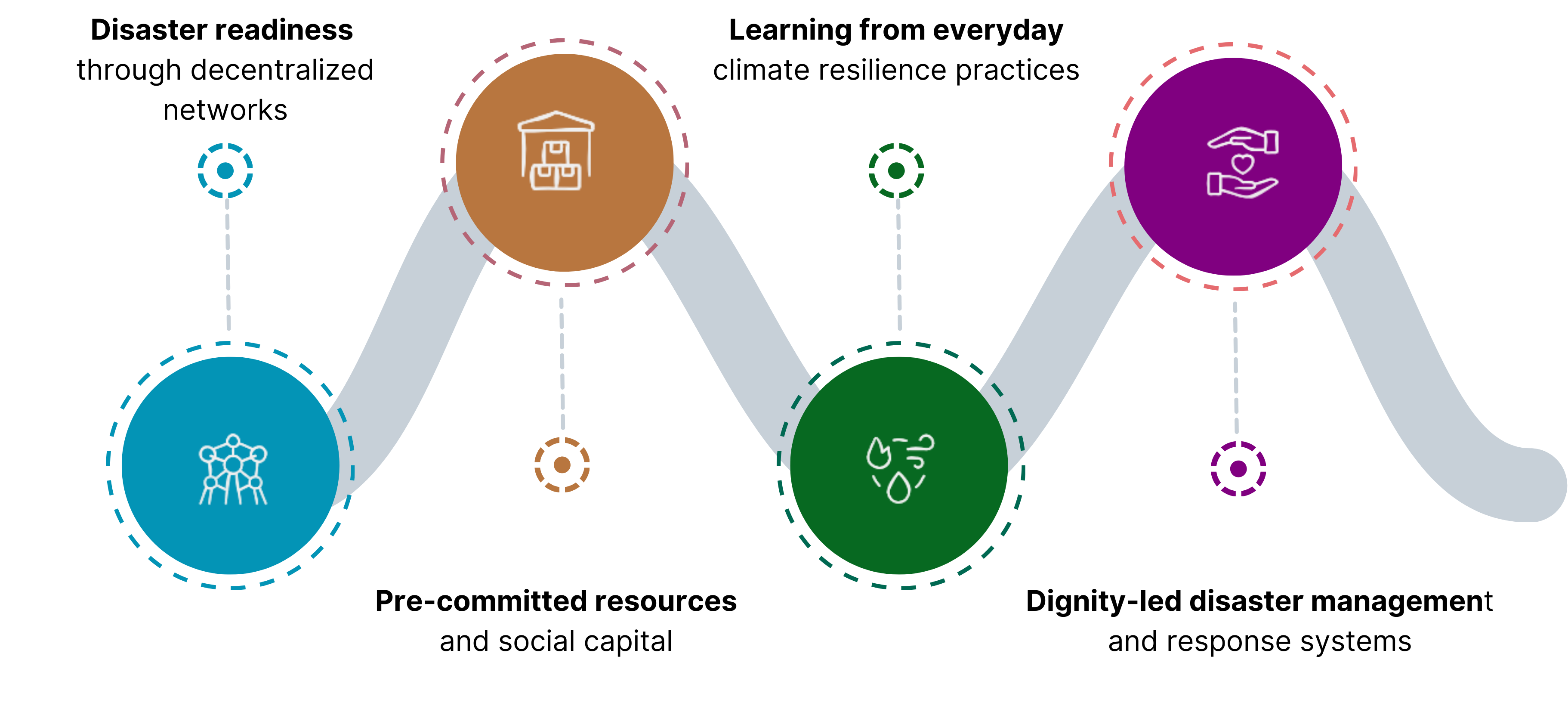
WHAT SARRD ENABLES
SARRD is not just about reacting to disasters—it’s about embedding readiness into everyday systems. From mapping risks to mobilizing materials, from documenting community wisdom to enabling climate preparedness, SARRD activates people and partnerships across geographies for decentralized, dignity-driven action—before, during, and after disasters.
1. Laying the Groundwork
Build trust. Understand risk. Prepare together.
- Mapping local realities and existing capacities
- Identifying pre-commitments (material, skills, time)
- Creating reflection spaces before the crisis hits
- Strengthening relationships between contributors and communities
2. Strengthening Systems
Enable people-led responses with thoughtful structures.
- Mapping local realities and existing Coordinating decentralised preparedness across geographies
- Linking urban surplus with rural needs—before disaster strikes
- Designing simple, replicable tools for rapid activation
- Enabling cloth, flex, bamboo, rope and other local materials as tools of resilience
3. Sustaining Everyday Participation
Resilience isn’t a project—it’s a practice.
- Building a culture of readiness, not just a response
- Amplifying stories of recovery, not relief
- Engaging citizens, institutions, and partners through dialogue and contribution
- Turning seasonal challenges (heatwaves, floods) into year- round action plans
ADVANCING SOCIETAL SHARED RESILIENCE GOALS
SARRD is a commitment to ongoing societal resilience. From rebuilding infrastructure to nurturing water access, from enabling climate adaptation to stitching dignity back into disaster response, these efforts align with the world’s Sustainable Development Goals—not in theory, but through grounded everyday action.
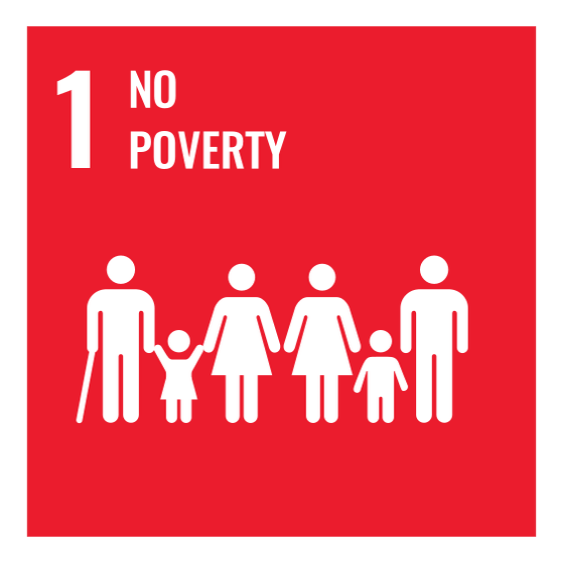
Sustaining rural livelihoods after disaster
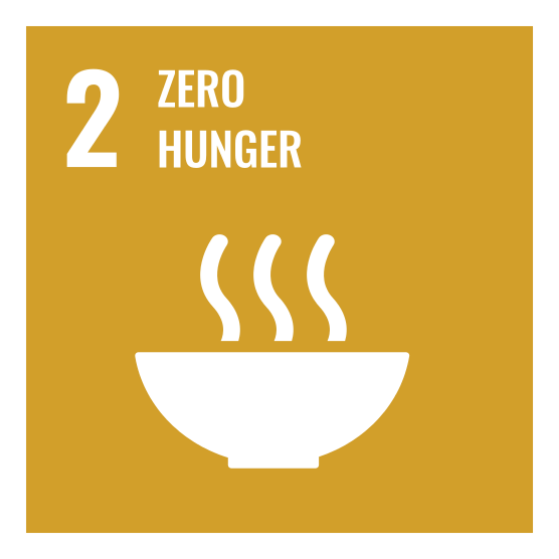
Food essentials included in disaster kits support nutrition with dignity
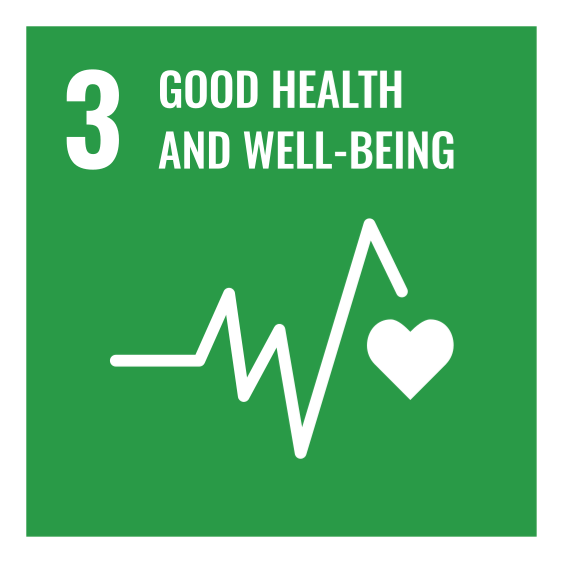
Dignity in health and safe shelter
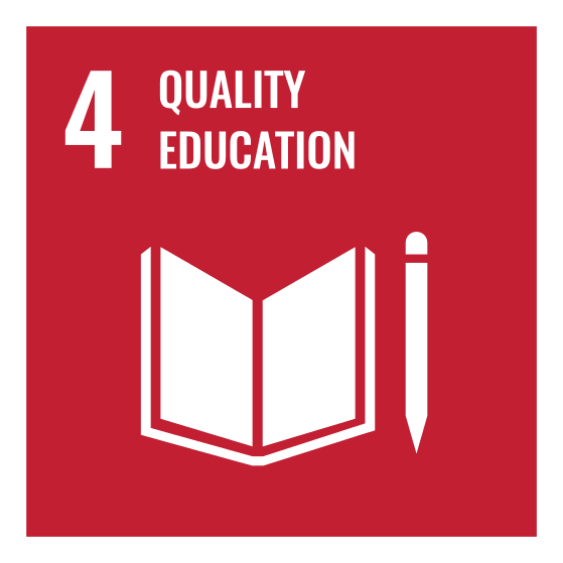
Community
efforts restore
learning spaces
and access to
education
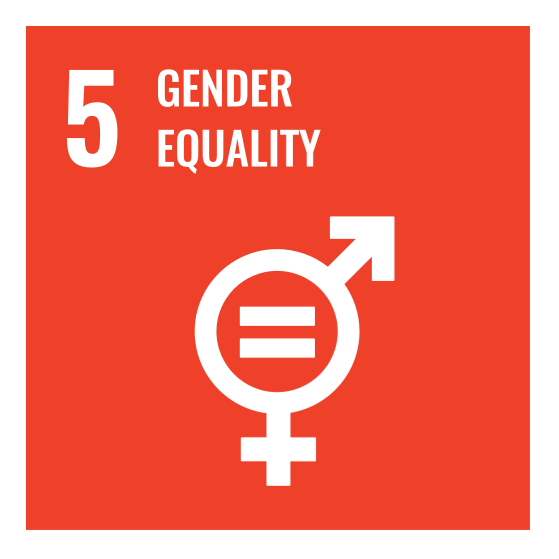
Women-led action and menstrual dignity are central to our response
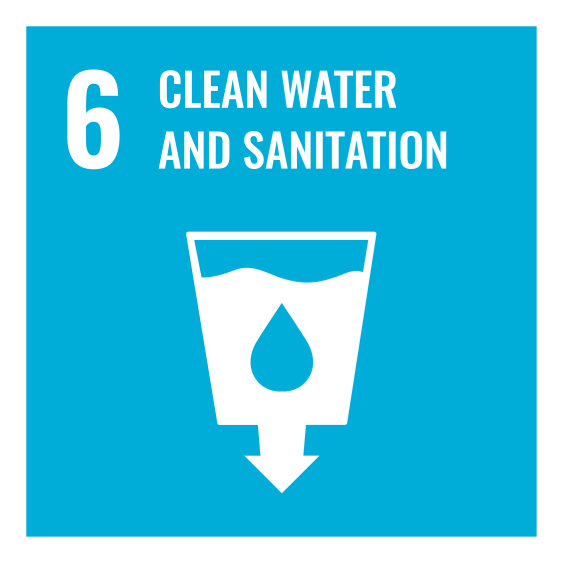
Community- led water access and sanitation
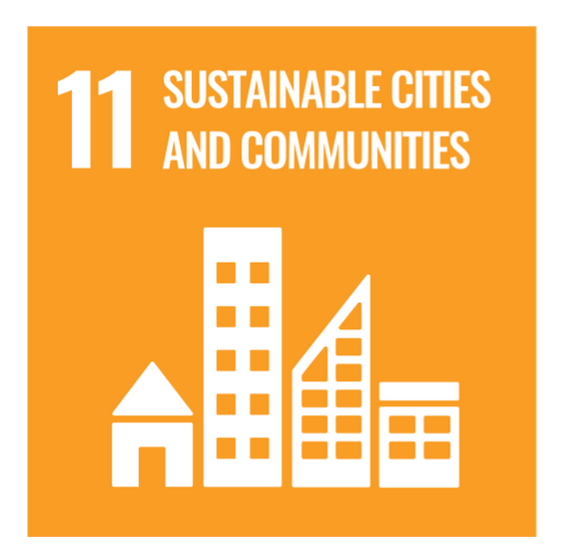
Safer spaces, resilient communities
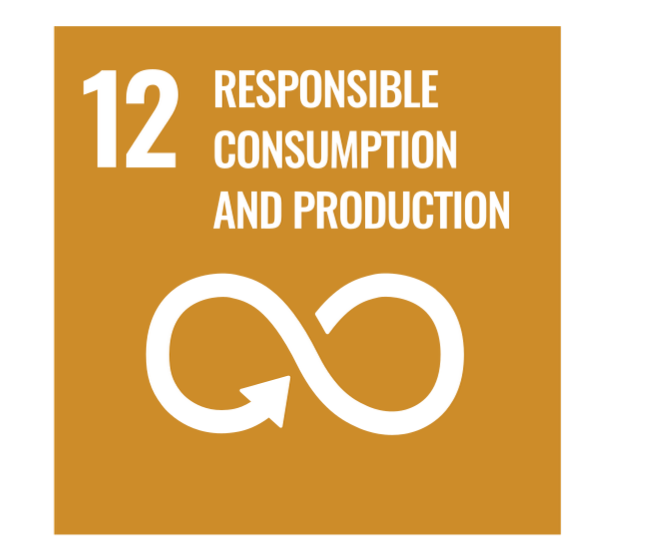
Urban surplus is repurposed to reduce waste and enable reuse.
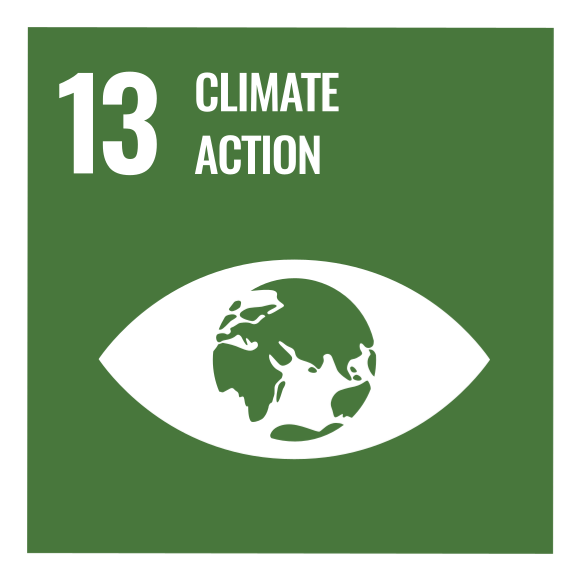
Climate adaptation through local wisdom
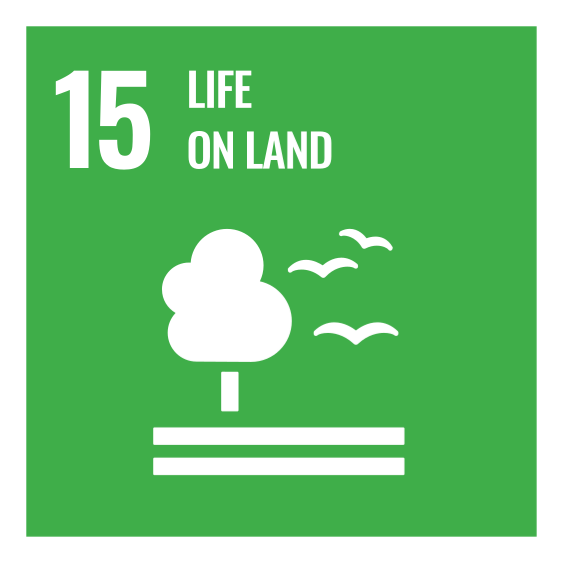
Tree plantation and water revival improve local ecosystems communities
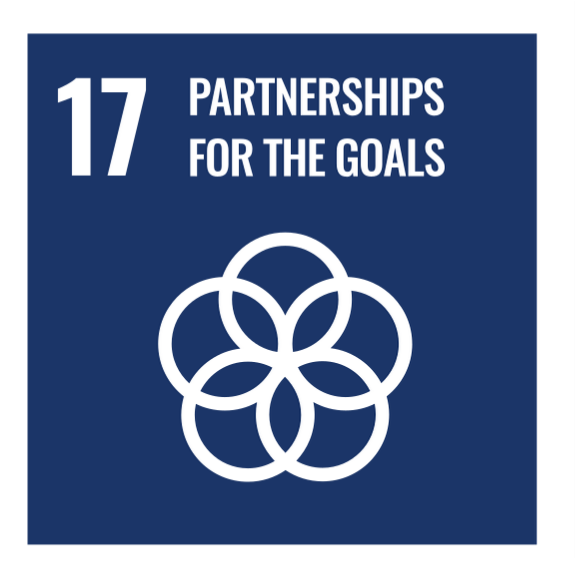
Cross sector collaboration shared readiness
These are not external frameworks we aspire to—they reflect what communities are already building when met with trust, resources, and active listening.
RAHAT STORIES FROM THE GROUND
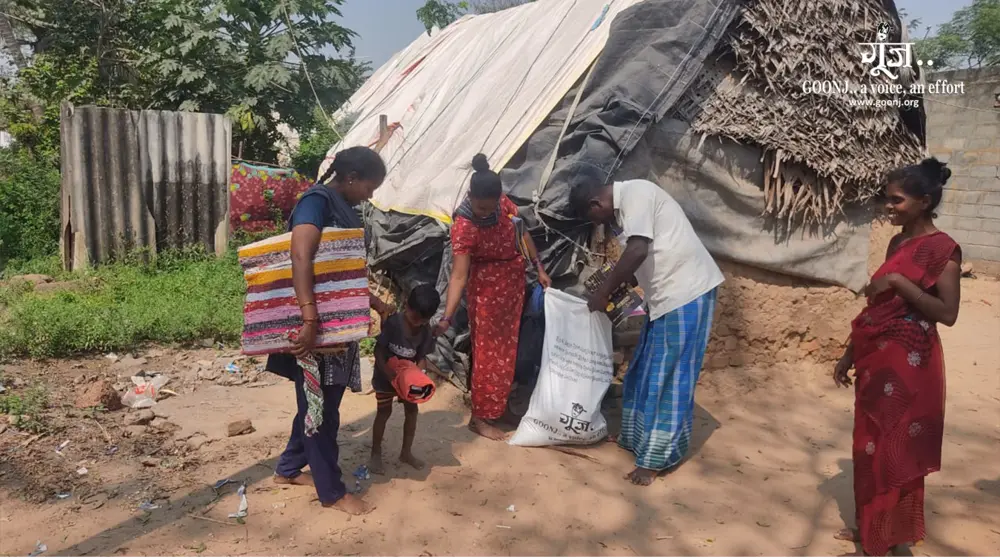
Learn how Goonj assists food, clothing, and essentials to tribal families in Ariyathurai, Thiruvallur district, after heavy rains damaged homes and disrupted livelihoods.
Relief and Resilience: Enabling Ariyathurai’s Tribal Community in Thiruvallur
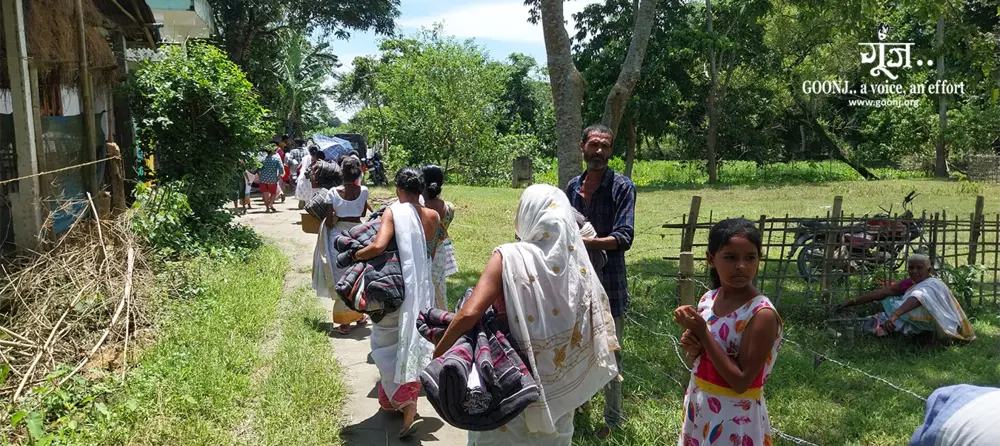
Discover how Goonj’s flood relief in Majuli district, Assam, delivered essentials like sujnis and bedsheets, restoring dignity and hope to families affected by the Brahmaputra floods.
Restoring Dignity Amidst Floods: Relief in Jogi Gaon, Majuli
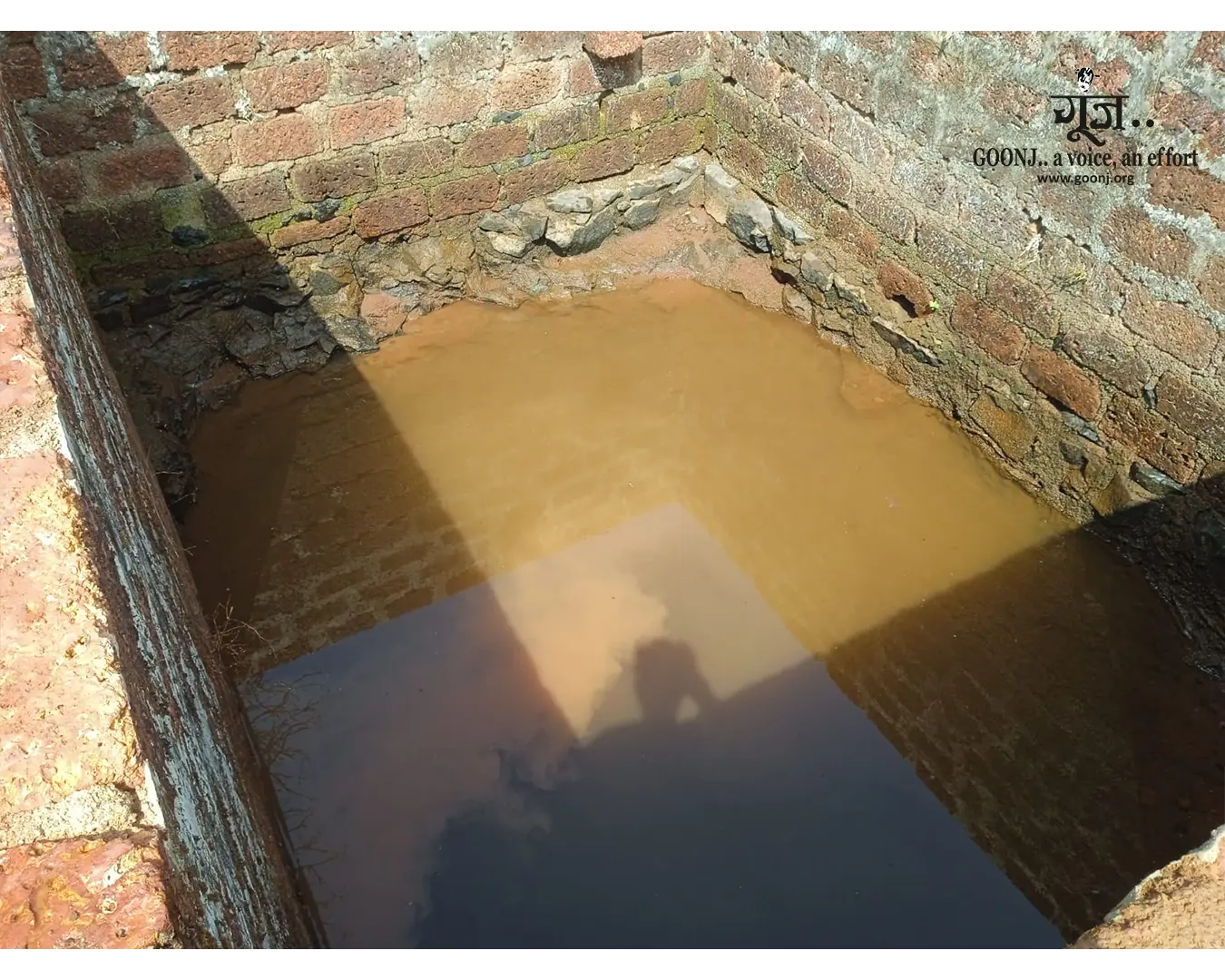
In Gharadi Bhuvadwadi, Ratnagiri, villagers cleaned their only well through Goonj’s Cloth for Work initiative, restoring access to clean drinking water with collective effort and shramdaan.
When a Village United for Water: Well Cleaning in Ratnagiri’s Gharadi Bhuvadwadi
Join the SARRD Journey
Whether you’re an individual, organisation, or institution—this space grows with those who choose to walk together.
THE SARRD ECOSYSTEM
Narrative
SARRD thrives not because of one actor—but because of many. Its strength lies in the way people, organisations, and institutions move together—grounded in intent, aligned by purpose, and connected by trust. This is not a command chain. It’s a web of care—flexible, responsive, and rooted in dignity.
Communities at the Center
Everyday resilience begins here.”
The people living in disaster-prone or climate- vulnerable areas—leading response, repurposing material, rebuilding with local wisdom.
CSR & Philanthropic Partners
“Fueling long-term commitment, not just crisis response.”
Corporate and funding partners aligning intent with action—through pre-committed support, resources, or joint projects.
Knowledge Partners & Media
“Documenting, reflecting, amplifying.”
Researchers, journalists, and storytellers are making visible the unseen work of resilience and surfacing community insights.

Grassroots Organisations
“Trusted bridges on the ground.”
CSOs, SHGs, FPOs, and other local networks already embedded in communities—coordinating preparedness and material movement.
Institutions & Local Governments
“Enablers of continuity and care.”
State disaster authorities, panchayats, local administrations ensuring scale, infrastructure and longer-term system repair.
Material Contributors & Volunteers
“Every hand, every contribution counts.”
Individuals and organisations offering cloth, utensils, ropes, canopies, skills and time for preparedness and recovery
Shared Intent. Decentralised Action. Rooted Dignity.
